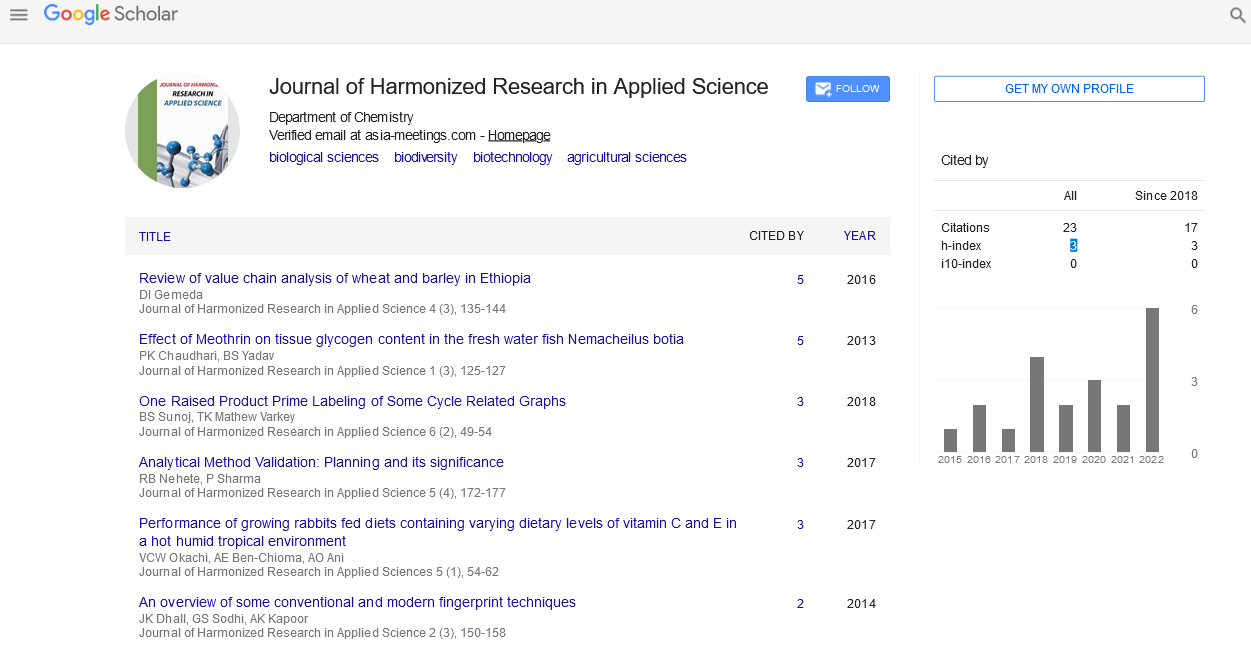INDIGENOUS GOAT PRODUCTION SYSTEMS IN SELECTED DISTRICTS OF WESTER AMHARA, ETHIOPIA
Abstract
Author(s): Damitie Kebede, Alemash Melese, Kefyalew Alemayehu, Shigdaf Mekuriaw, Sileshi Andualem
Improvement in productivity of goats could be achieved through identification the current production system with constraints, refining existing practices in the system and introduction of new technol ogies. This study was initiated to describe the goat production systems and to identify major constraints of goat productivity in the study area. Focus group discussion, field observation and interview were used to collect the data for this study. Goats were the most predominant species of livestock owned, followed by sheep, cattle, chicken, donkey, mule and horse respectively. Mean holding of the cattle, sheep and goat kept in the study area was 5.62±0.95, 7.27±2.93 and 16.53±3.50. Goats were ranked as the first in Ebnat (index of 0.40) and Gonji kolela Districts (index of 0.37) important livestock species followed by cattle with an index of 0.27 and 0.32 in two Districts, respectively. However, in Farta District cattle was ranked as first (index of 0.37) followed by goats (index of 0.33) and sheep (index of 0.14). From this study it was possible to conclude that the general production system and goat management system in the study areas was similar to other western highland areas in Amhara region and was characterized by mixed crop-livestock production system. Keywords: Goat production, crop-livestock, Western Amhara, indigenous breed










